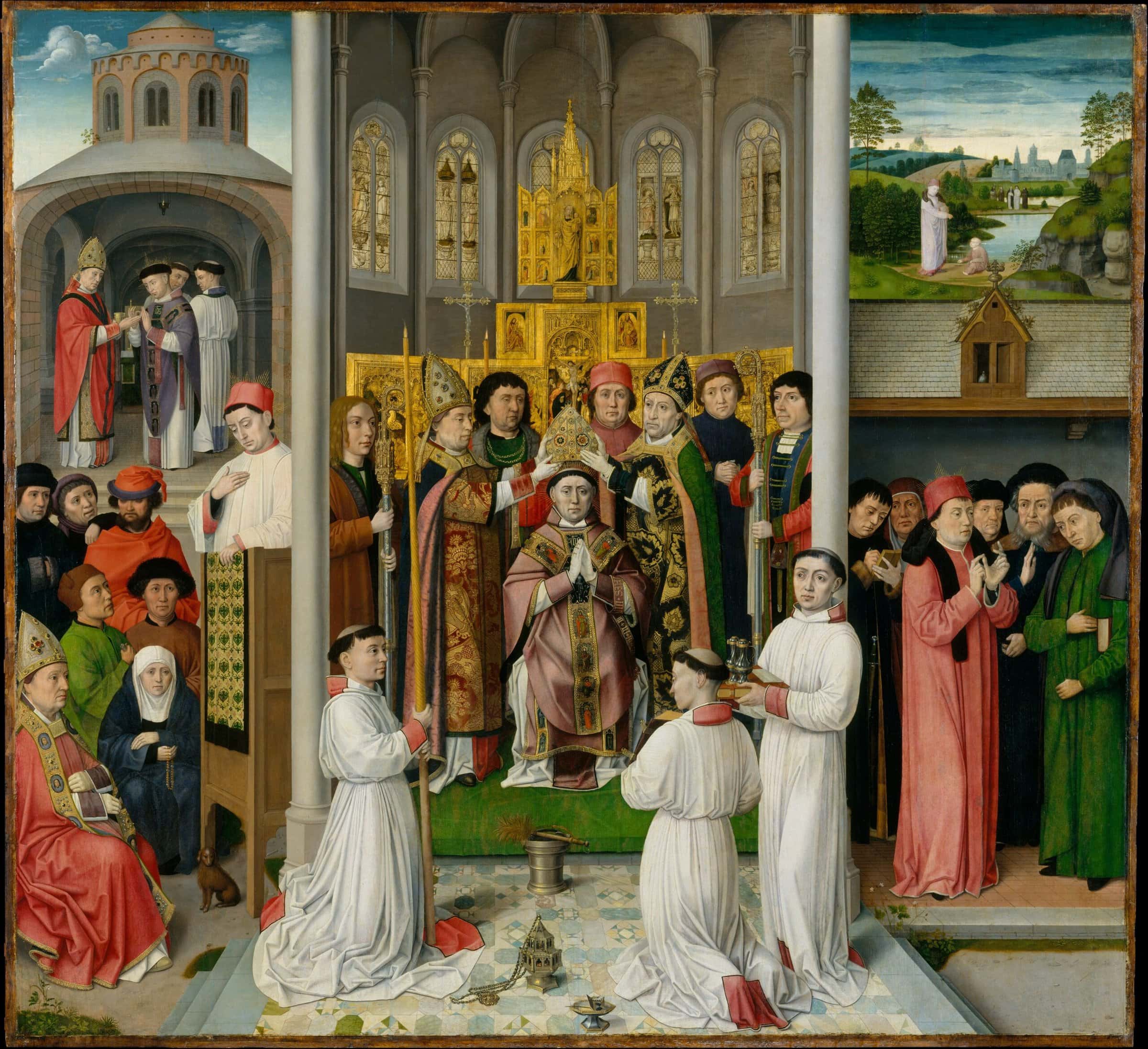Introduction
The “Silk Road” was a name first used by a 19th-century German geographer to describe the movement of Chinese silks westward during the period of the Han Empire (206 BCE to 220 CE). Today, it refers to the extensive land and sea trade networks of Eurasia and Africa in the ancient and medieval periods. The term, then, is something of a misnomer: no singular road existed and silk—while an important commodity—was far from the only “thing” exchanged along these networks. Broadening the term to the plural “Silk Roads” emphasizes the variety of economic, social, and cultural interactions and exchanges that were facilitated by these networks, some of which extended far beyond central Asia to encompass the trans-Saharan and Indian Ocean trade routes of the ancient and medieval worlds.
Sericulture—the cultivation of silkworms for the production of silk goods—features prominently in this toolkit. Students will learn about silkworm farming, the natural processes of raw silk creation, and how this raw material is manufactured into silk thread and textiles. The focus on silk also extends beyond the manufacturing process. In Legendary Silk Heists, students will examine two instances of silk-making technology theft that led to the spread of Chinese sericulture to Byzantium and Khotan in late antiquity and the early Middle Ages.
In Women and Textile Production: A Global Perspective, the focus shifts to the material realities of the labor behind sericulture. By examining silk production in Song China and comparing it to other textile practices in medieval Mesoamerica and 19th-century America, students will have opportunities to consider how and why this type of work has historically been relegated to women. In Sacred Cloth: Silk in Medieval Western Europe, students will work with images of objects and artworks that showcase the luxuriousness of silk materials by way of their role in Christian religious practice.
Because of its focus on trade networks, this toolkit also examines the material culture of economy and money. In Numismatics: Coins, East Africa, and Religious Exchange, students analyze the making and meaning of modern coins before comparing and contrasting them with images of coins from the Kingdom of Aksum in east Africa. Tracing the development of Aksumite coins over time also allows students to consider the role of religion in Indian Ocean trade.
Finally, Travel and Trade in Later Medieval Africa helps students consider the interconnectivity of multiple networks of exchange beyond the Silk Roads. Students will explore trans-Saharan trade, analyze visual depictions of important African figures made by Europeans, and consider the objects and resources required for long journeys in the premodern world.
Teaching Modules

Legendary Silk Heists
Students will explore the specifics of sericulture as well as two of the most famous silk heist legends: the smuggling of silk to Khotan and Justinian I’s Byzantium.

Women and Textile Production: A Global Perspective
Students will consider women’s roles in Chinese silk production and Aztec textile production during the later medieval period.

Sacred Cloth: Silk in Medieval Western Europe
This Object Lesson explores the preciousness of silk in western European cultures in the Middle Ages, particularly in the context of its religious functions.

Numismatics: Coins, East Africa, and Religious Exchange
Numismatics—or the study of coins, currency, and medals—is an integral part of understanding economics and trade in the past. Students will consider how these material objects, often buried and only discovered centuries or millennia later, provide important historical evidence.

Travel and Trade in Later Medieval Africa
Students will learn about the travel of two famous 14th-century Africans: Mansa Musa and Ibn Battuta. Through the lens of these figures, students will consider specific functions of travel, such as religious pilgrimage, as well as challenges of movement, technologies, and cross-cultural interactions.